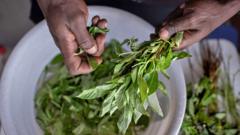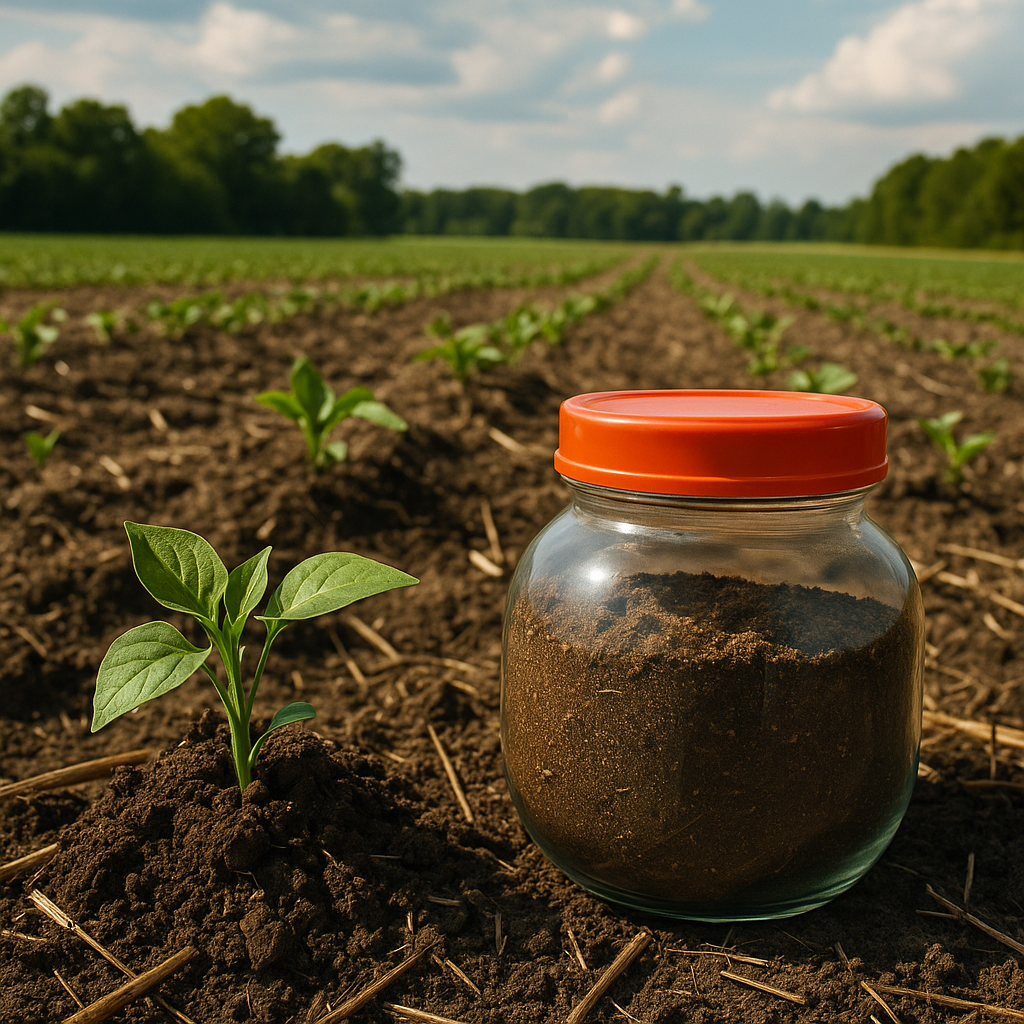Once neglected as common weeds, indigenous leafy vegetables in Kenya are experiencing a renaissance, increasingly appearing on restaurant menus and in local markets. From Gachie's Skinners Restaurant near Nairobi, where diners eagerly request "kienyeji"—the local term for indigenous vegetable varieties—the change is palpable. Kimani Ng'ang'a, a restaurant employee, noted that many customers prefer these locally sourced greens, despite their higher cost due to scarcity.
The more traditional greens such as cabbage, kale, and spinach have long dominated local diets, often referred to as "sukumawiki," a name meaning "stretch the week" in Swahili. However, a growing segment of Kenyans is recognizing the nutritional superiority and health benefits of organic indigenous greens like "managu" (African nightshade) and "mrenda" (jute mallow).
Horticulture expert Prof. Mary Abukutsa-Onyango highlights that over the last decade, the production of native greens has doubled, with a reported yield of 300,000 tonnes last year. The shift in perception toward these traditional crops marks a significant cultural change, as they were previously regarded as inferior. "In the 1980s, it baffled me to hear amaranth called 'pigweed,'" she recalls, emphasizing the need for awareness about these vital plants.
In practical terms, indigenous vegetables boast higher levels of essential nutrients compared to imported varieties. For instance, 100 grams of mrenda provides more vitamins and minerals than an equivalent serving of cabbage. Prof. Abukutsa-Onyango's efforts to catalog and promote these vegetables helped earn Kenya recognition from UNESCO in 2021 for its conservation of intangible cultural heritage.
Challenges remain, however, as government policies restrict the sharing and sale of uncertified seeds. Farmers like Francis Ngiri, who relocated to the Rift Valley to cultivate organic native crops, face legal hurdles when they exchange traditional seeds, as regulations favor the sale of certified seeds. Seed Savers Network coordinator Wambui Wakahiu points out that stringent controls are leading to the extinction of many traditional varieties.
As farmers seek to reconnect with their agricultural roots and preserve genetic diversity, there is hope that legislative changes may soon align with international treaties that protect farmers' rights. In daily markets, vendors like Priscilla Njeri confirm that indigenous greens are becoming increasingly popular. Their superior taste and nutritional benefits, combined with ongoing media promotion, ensure that Kenya's indigenous vegetables are no longer forgotten—rather, they are firmly reestablishing themselves in the modern culinary landscape.

















